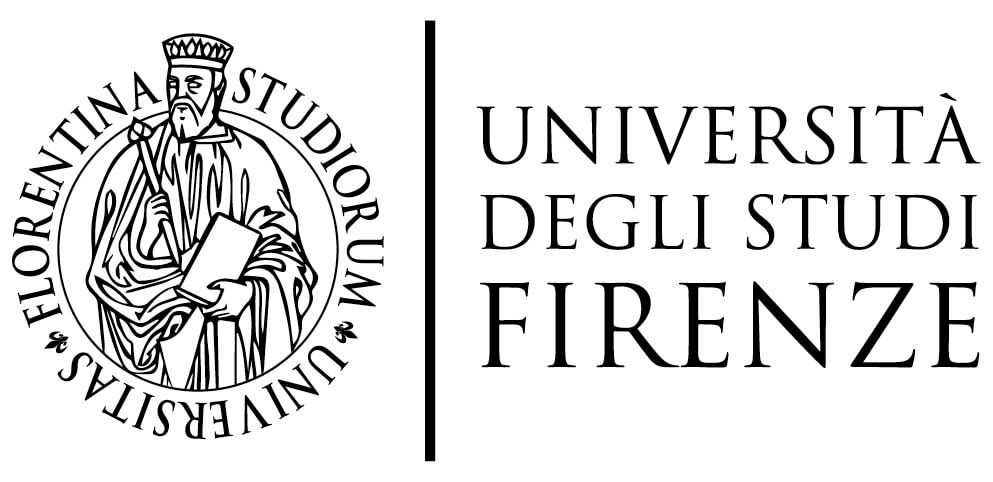Area 1
Located on the southern edge of the Caelian, the area offered a magnificent vista over the valley below. It is not surprising then that during the 1st and 2nd centuries CE, lavish suburban residences (SA1.1, SA1.2, SA1.5 and SA1.6) were built across the area, to make the most of its beautiful position and likely benefiting from the presence of the nearby Neronian-Claudian aqueduct to feed fountains and nymphaea.
The Severan period marked the first, wholesome transformation of the area, as the imperial horse guards settled in the newly built Castra Nova Equitum Singularium (SA1.1), changing forever the function and the demography of the quarter. The makeover was completed by the addition of a porticoed area outside the barracks (SA1.4) and of two bath complexes nearby (SA1.2 and SA1.3).
This, however, was not the end of the changes that were going to reshape forever this portion of the city, as a second, major transformation took place during the reign of Constantine, when the Castra Nova were destroyed to make room for the construction of the first, Christian basilica and baptistery complex ever built in the city: the Basilica of the Saviour (today’s Lateran Cathedral, SA1.1) and the Lateran Baptistery (SA1.2).
Little we know of the buildings that developed around the new religious complex from the age of Constantine and during the Middle Ages: the first Episcopal Palace originally located in the area to the north-east of the Cathedral was destroyed for the construction of the Lateran Palace and its remains likely lie buried underneath the modern Lateran square.
Previous research
The Lateran Project focused on the areas exposed beneath the Lateran Cathedral and the Baptistery complex. The research was launched in 2006, but mainly conducted between 2012 and 2017. It was carried out as a collaborative project between Newcastle University, the University of Florence, the Vatican Museums, and the Consiglio Nazionale delle Ricerche. The work received funding from the British School at Rome and Newcastle University.
The Lateran Project has demonstrated the potential of an approach that integrates standing, sub-surface and buried archaeology into unified models. The methodology and the results have been discussed in two main conferences, held at the British School in Rome: Subterranean Archaeology in Italy. The Lateran and beyond (8 June 2012) and The Lateran Basilica. A conference held at the British School at Rome (19- 21 September 2016).
For further information check the Reports and Publications section of this website.
Area reports
Preliminary reports on the archaeology of Area 1 are available here:








